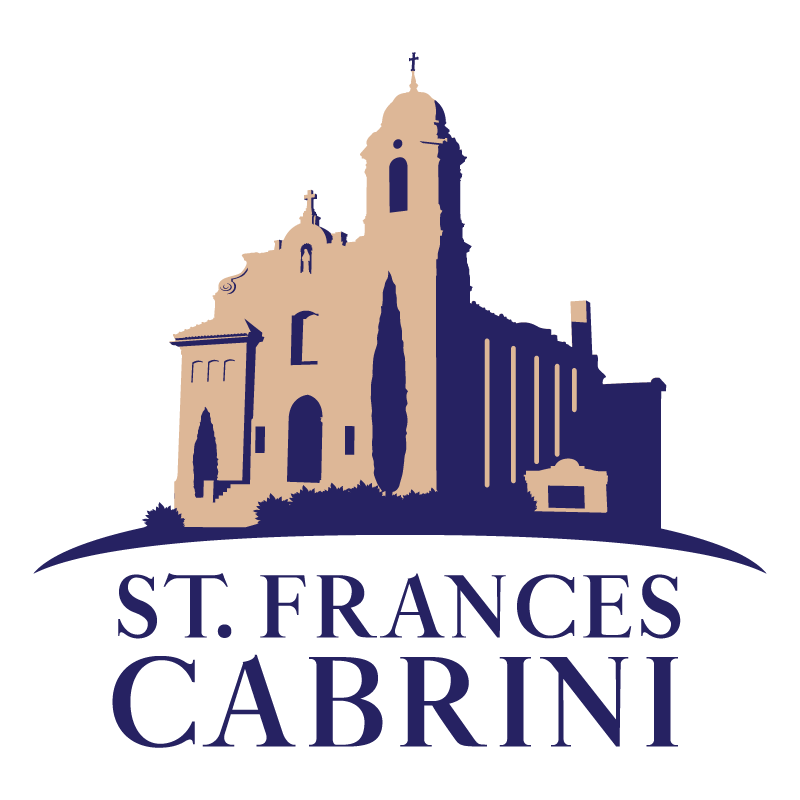Dear Friends,
It is Spaghetti Dinner Sunday!!! Thanks to all of you who will be spending lots of time serving the meals today. I hope you find it enjoyable and a chance to work side by side with parishioners you did not know before. To those of you who are our guests, we welcome you and trust that you will have a great meal and some good conversations.
This week the Catholic Church got five new saints, four women and one man. Here they are:
Cardinal John Henry Newman (1801-1890): Theologian, literary figure, and founder of the Oratory of St. Philip Neri in England. He was the first Anglican to become a Catholic priest and cardinal and is the first English person to be made a saint in almost 50 years.
Mother Giuseppina Vannini (1859-1911): Founder of the Daughters of Saint Camillus, she is the first Roman woman to be canonized in more than 400 years. The main legacy the foundress left her sisters was the pure and simple physical and spiritual care of the sick, exercised at home as in hospitals, leprosariums and nursing homes, both in European rehabilitation centers and in mission countries.
Mother Mariam Thresia Mankidiyan (1876-1926): Mystic, founder of the Congregation of the Sisters of the Holy Family in Kerala, India. She spent her entire life assisting the poor, the sick, the elderly and all those in need.
Sister Dulce Lopes Pontes (1914-1992): The first woman born in Brazil to become a saint. She is known as St. Dulce of the Poor for caring for the poorest of the poor in her convent’s chicken yard in Salvador, Bahia. More than 3,000 people visit the same site every day to receive free medical treatment. At the time of her death in 1992, Sister Dulce had been nominated for the Nobel Peace Prize.
Marguerite Bays (1815-1879): Stigmatist and 19th-century Swiss laywoman. While she never entered a religious order, she dedicated her life to prayer and service to her parish community.
I encourage you to search out their stories and learn about their relationship with God. Doing so can help us in our own journey to God. While all of them made an impact on the people around them, probably the most famous in the English-speaking world is Newman.
Bishop Barron had this to say about Newman: “one of the great ironies of Newman’s life is that the criticism he received from many Catholics as a “liberal” was rivaled by an equally severe criticism he had received in the first half of his career from his fellow Anglicans as an arch-“conservative.” When he was a very young man, still a student at Oxford, he joined the ranks of those calling for a more Catholicizing reading of Anglicanism, an interpretation more in line with the Fathers of the Church than with the Protestant reformers. In his 30s, he became a leader of the so-called Oxford Movement, which sought a deep transformation of Anglicanism, stressing the doctrinal and sacramental elements of the religion. In 1841 Newman published the (in)famous Tract #90, an essay laying out the case that one could interpret the 39 Articles of Anglicanism—the cornerstone of the English religious and cultural establishment—in a Catholic manner. The reaction to this was so severe that Newman found himself vilified in every corner of the society, condemned from pulpits, criticized in drawing rooms, excoriated in pubs and train cars. In the eyes of his fellow Anglicans, he was a dangerous conservative. And their worst suspicions were confirmed when he converted to Roman Catholicism in 1845…..this buffeting from both sides made almost the whole of Newman’s life difficult, and it is not hard to see why he saw much of his career as a Sisyphean exercise in futility. But it was precisely this both/and quality that made Newman so attractive to many of the theologians who paved the way for the Second Vatican Council: Balthasar, Ratzinger, Bouyer, de Lubac, Danielou, to name just a few. They appreciated the great Englishman’s obvious devotion to the great Catholic tradition, and they also savored his sense of that tradition as a living organism and not a dead letter. Pope John XXIII was entirely in the spirit of Newman when he spoke of the Church not as a museum but as a flourishing garden of life.”
Peace,
Fr. Damian



